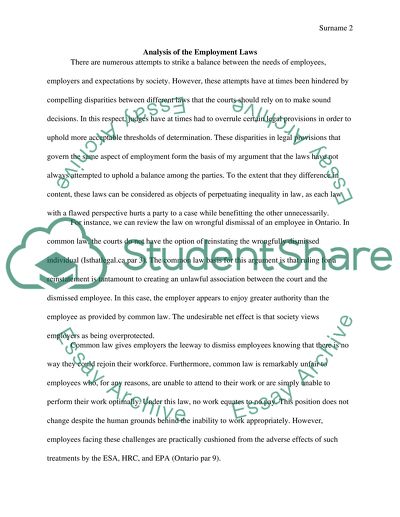Cite this document
(“Law assignment Example | Topics and Well Written Essays - 1000 words”, n.d.)
Retrieved de https://studentshare.org/law/1667273-law-assignment
Retrieved de https://studentshare.org/law/1667273-law-assignment
(Law Assignment Example | Topics and Well Written Essays - 1000 Words)
https://studentshare.org/law/1667273-law-assignment.
https://studentshare.org/law/1667273-law-assignment.
“Law Assignment Example | Topics and Well Written Essays - 1000 Words”, n.d. https://studentshare.org/law/1667273-law-assignment.


